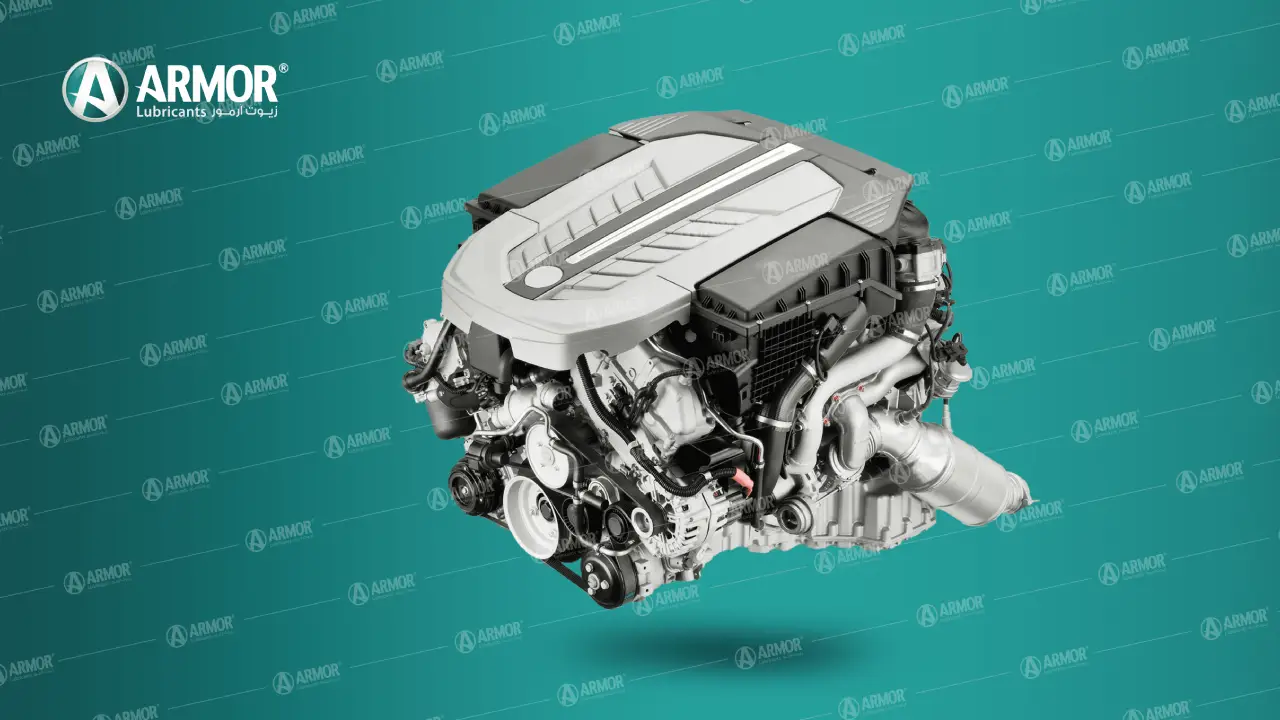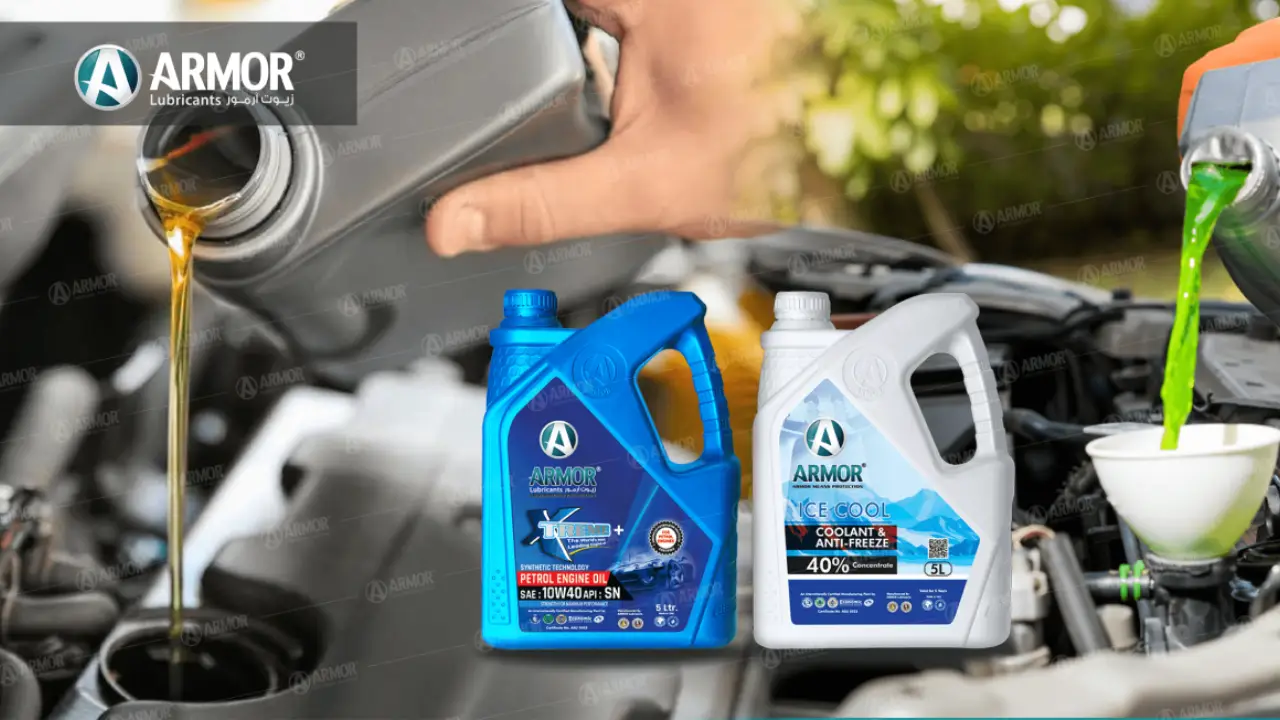- Armor Blog
- Vehicle
- Essential Steps To Maintaining Internal Combustion Engines

Essential steps for an internal combustion engine to ensures a long use life, improved fuel efficiency, and better reliability
Internal Combustion Engines
Internal combustion engines power the vast majority of the world’s vehicles. Whether we’re talking about passenger cars, light trucks, or even heavy-duty trucks, there’s an internal combustion engine in the mix delivering power to the transmission and turning the wheels. As such, it’s one of the most critical parts of the vehicle and must be maintained properly in order to ensure optimum efficiency, power output, and use life. Thankfully, maintaining your engine is not that difficult. We’ll outline the most critical steps below.
Oil Changes
Whether we’re discussing a diesel fleet vehicle, off-road machinery, or your personal car, the single most important part of maintenance is to change the oil regularly. Follow the manufacturer recommendations if you’re using OEM-specified motor oil. However, if you have an older vehicle and you’ve upgraded to a synthetic blend motor oil or full synthetic motor oil, follow the oil manufacturer’s recommendations on drain and fill intervals.
Change The Oil Filter
With passenger vehicles, an oil change usually goes hand in hand with a filter change. That’s not the case in commercial and industrial situations, though. Often, a fluid change is all that’s performed. This is a mistake. Changing the oil filter is a vital part of preventative maintenance – it collects particulates and solids that would otherwise contaminate the oil and cause significant engine damage over time. Change the oil filter when specified by the motor oil manufacturer. More frequent changes cannot hurt, either.
Change The Air Filter
All internal combustion engines require air – it’s essential to the combustion process. However, debris can enter through the air intake, which can cause damage to the engine. An air filter is used to trap dirt, dust, pollen, and other debris, but it becomes clogged over time, limiting the amount of air that can reach the engine. This reduces fuel economy and power output. Change the air filter regularly based on usage and environmental conditions.
Water Separators
If you have a vehicle used in a marine environment, water contamination in the fuel is a real concern. Part of your regular maintenance should be to use a water separator to avoid the risk of engine failure due to water intake.
Prevent Fuel Gelling
Cold temperatures can cause filters to clog up and restrict the flow of fuel to the engine. A fuel stabilizer can help prevent gelling and ensure that your engine starts and runs strong even in the depths of winter. Note that this is an important precaution for all diesel engines, including trucks and boats.
Check And Change The Coolant
Internal combustion engines generate a lot of heat. While engine oil will do a little to mitigate that, actual coolant does more. However, over time, the antifreeze coolant loses its ability to absorb heat and must be changed. It is also possible that coolant will be lost through leaks and consumption, leading to low coolant levels and heat damage to the engine.

Conclusion
When it’s all said and done, properly maintaining an internal combustion engine ensures a long use life, improved fuel efficiency, and better reliability. Whether it’s your personal vehicle or a business fleet, the right maintenance steps are essential.




 Spear Lubricants
Spear Lubricants Armada lubricant
Armada lubricant Ace lubricants
Ace lubricants Perfect lubricants
Perfect lubricants Enzo lubricants
Enzo lubricants Lawrence lubricants
Lawrence lubricants